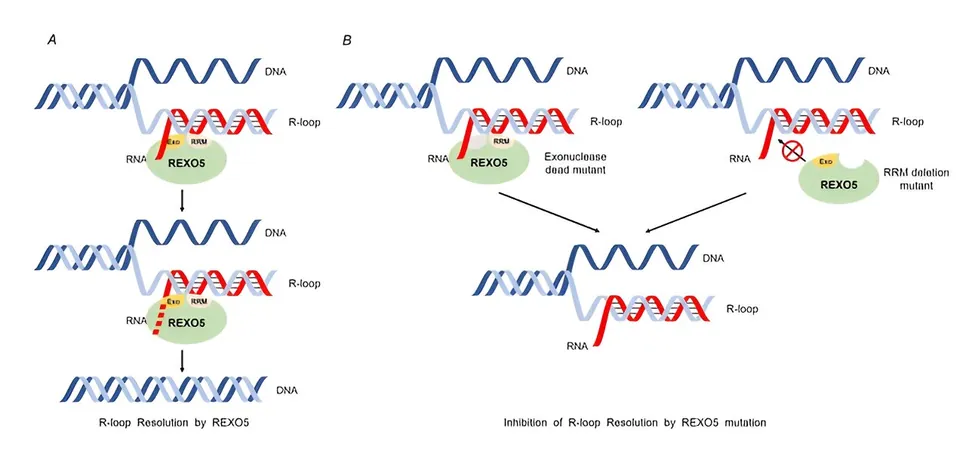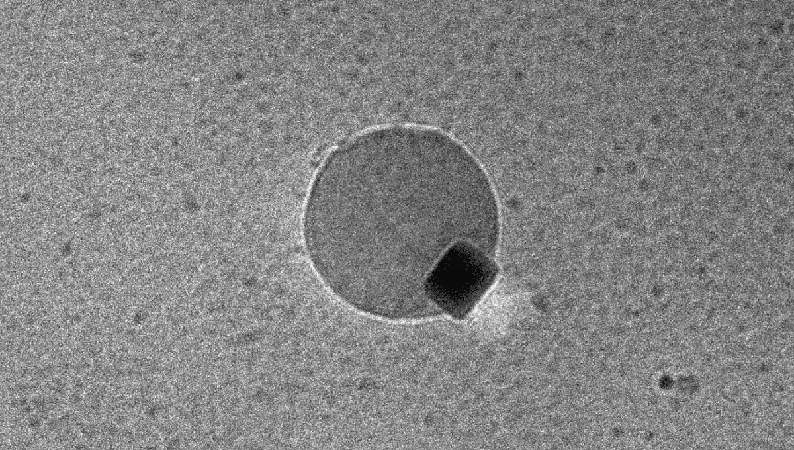
Groundbreaking Gene Discovery Paves the Way for Innovative Treatments for Chronic Myeloid Leukemia!
2024-10-07
Author: Daniel
Introduction
In a remarkable breakthrough, researchers have identified a crucial gene that could significantly enhance the success rates of treatments for chronic myeloid leukemia (CML). This pivotal discovery, led by Professor Hongtae Kim and his team at UNIST's Department of Biological Sciences, in partnership with Professors Dong-Wook Kim from Eulji University and Jae Jin Kim from Hallym University, unveils a fascinating new role for the REXO5 gene (RNA Exonuclease 5) in the context of the DNA damage response (DDR).
Significance of the Discovery
Published in the prestigious journal *Leukemia*, this study suggests that REXO5 is intricately linked to the development of leukemia through its influence on genomic instability—an alarming feature that drives the disease. CML is a type of cancer characterized by the excessive proliferation of abnormal blood cells, primarily caused by the BCR::ABL1 fusion gene, which propels hematopoietic stem cells to produce blood cells at an uncontrolled rate. While treatments like imatinib (Gleevec) have drastically improved survival rates and provided avenues for potential cures, many patients still face pivotal challenges, including drug resistance and the perilous transformation to more acute phases of the illness.
Groundbreaking Findings
The research team made a startling find: elevated REXO5 expression levels were observed in samples taken from 60 CML patients. This groundbreaking revelation marks the first instance of establishing a direct link between REXO5 and the DNA damage response specifically related to leukemia progression. Previously recognized primarily for its role in RNA processing, the gene's connection to CML was uncharted territory.
Mechanism of REXO5
The study highlights the mechanism by which REXO5 contributes to genomic instability—by forming R-loop structures, which occur when RNA binds to damaged DNA. When REXO5 levels are insufficient, there is a notable decrease in DNA replication during the S-phase of the cell cycle, a critical period for cellular growth and division. This deficiency can severely restrict the growth of cancer cells.
Role in DNA Repair
Additionally, REXO5 is instrumental in the repair process of DNA damage, utilizing its RNA binding sites to interact with R-loop RNA strands, efficiently degrading them to restore genomic integrity.
Statements from Researchers
Professor Hongtae Kim commented on the findings, saying, “Our research has uncovered essential molecular mechanisms by which REXO5 contributes to the pathogenesis of blood cancer. This work lays the fundamental groundwork for new therapeutic strategies aimed at enhancing leukemia treatments by focusing on the DNA damage response."
Equally optimistic, Professor Dong-Wook Kim added, “Our research illuminates promising avenues for slowing or inhibiting the acute progression of CML, suggesting new therapeutic targets that involve the regulation of the REXO5 protein."
Conclusion
As science progresses, this revelation not only ignites hope for patients suffering from CML but also sets the stage for innovative treatments that could transform outcomes in leukemia management. Keep an eye on developments in this field, as researchers strive to turn these findings into real-world therapies!




 Brasil (PT)
Brasil (PT)
 Canada (EN)
Canada (EN)
 Chile (ES)
Chile (ES)
 España (ES)
España (ES)
 France (FR)
France (FR)
 Hong Kong (EN)
Hong Kong (EN)
 Italia (IT)
Italia (IT)
 日本 (JA)
日本 (JA)
 Magyarország (HU)
Magyarország (HU)
 Norge (NO)
Norge (NO)
 Polska (PL)
Polska (PL)
 Schweiz (DE)
Schweiz (DE)
 Singapore (EN)
Singapore (EN)
 Sverige (SV)
Sverige (SV)
 Suomi (FI)
Suomi (FI)
 Türkiye (TR)
Türkiye (TR)